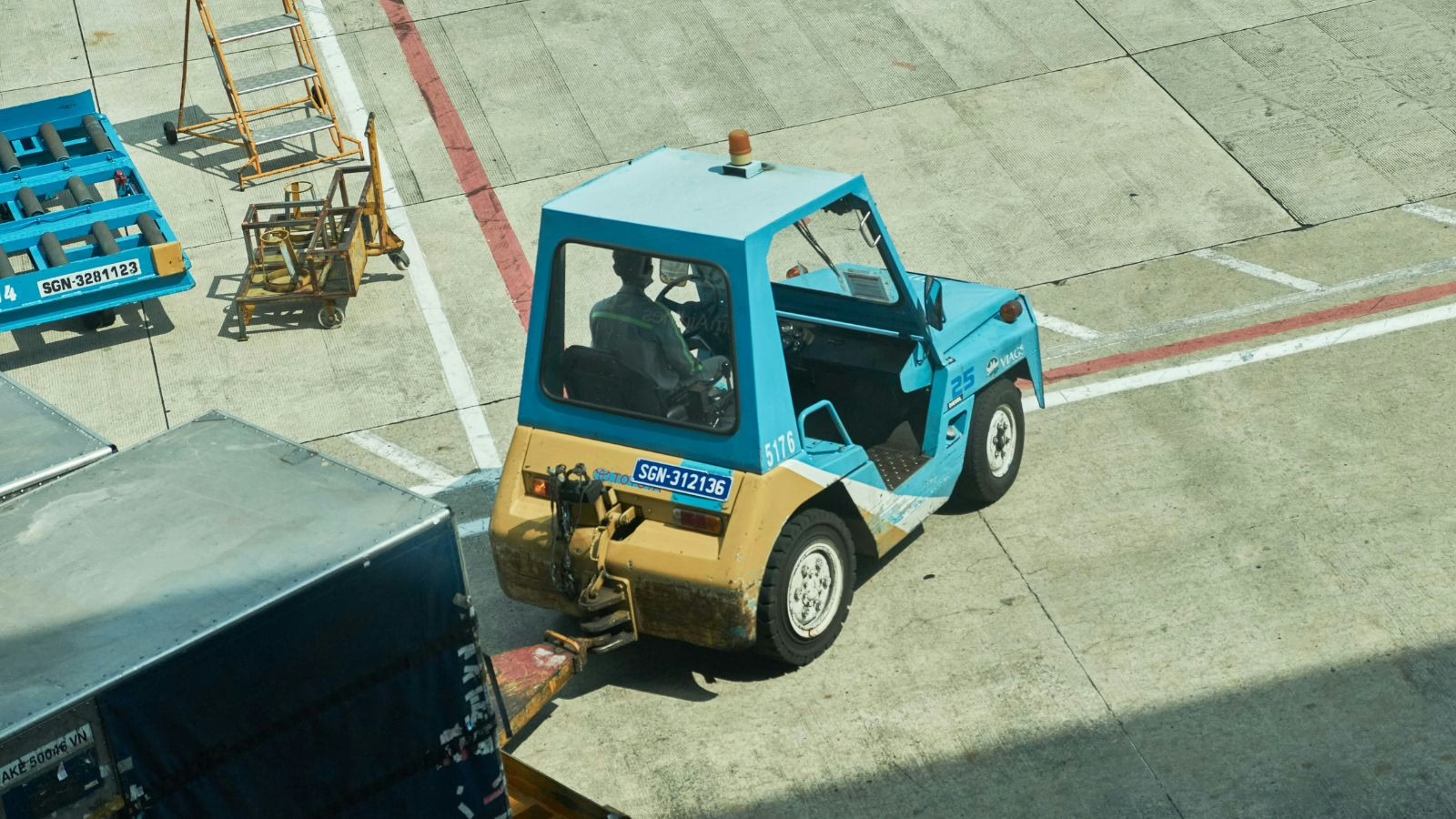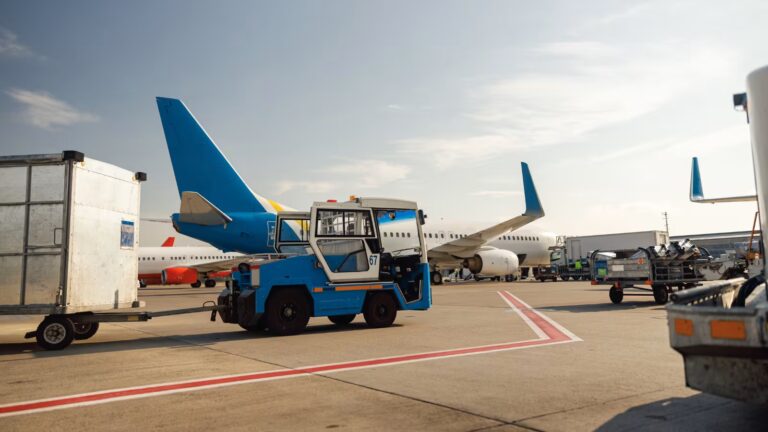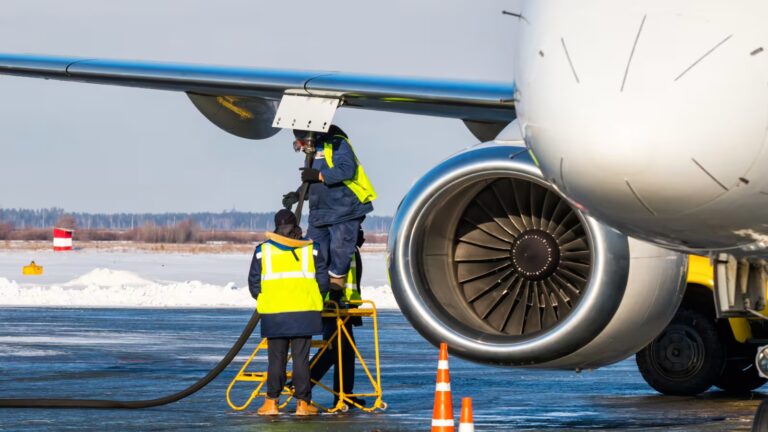As climate concerns intensify, the logistics industry faces mounting pressure to reduce its environmental impact – especially in air cargo, a sector responsible for significant carbon emissions. However, sustainability and efficiency don’t have to be at odds.
By adopting green logistics strategies, air freight operators can cut emissions, lower costs, and meet growing consumer demand for eco-friendly supply chains.
Here are 7 actionable eco-friendly practices to make air cargo operations more sustainable.
1. Shift to Sustainable Aviation Fuel (SAF)
Why it matters: Conventional jet fuel is a major emissions source. Sustainable Aviation Fuel (SAF), made from renewable sources like waste oils and agricultural residues, can reduce lifecycle CO₂ emissions by up to 80% compared to fossil fuels.
How to implement:
- Partner with SAF suppliers (e.g., DHL’s GoGreen Plus program offers carbon-neutral shipping via SAF).
- Gradually blend SAF with traditional fuel to ease the transition.
- Advocate for policy incentives to offset higher SAF costs.
2. Optimize Flight Routes & Load Efficiency
Why it matters: Inefficient routes and underfilled cargo space waste fuel. Smarter planning reduces unnecessary emissions.
How to implement:
- Use AI-powered route optimization to avoid congestion and reduce flight times.
- Maximize load consolidation to ensure planes fly at full capacity.
- Implement dynamic air traffic management to minimize holding patterns and fuel burn.
3. Invest in Electric & Hydrogen-Powered Ground Vehicles
Why it matters: Up to 30% of airport emissions come from ground operations (e.g., cargo loaders, tugs).
How to implement:
- Replace diesel-powered equipment with electric or hydrogen-fueled alternatives.
- Install solar-powered charging stations at cargo hubs (like Freight Systems’ solar-powered warehouse).
- Collaborate with manufacturers to test hydrogen-powered cargo handlers.
4. Adopt Lightweight & Sustainable Packaging
Why it matters: Heavy packaging increases fuel consumption, while non-recyclable materials contribute to waste.
How to implement:
- Use biodegradable or recycled materials (e.g., Patagonia’s compostable packaging).
- Reduce excess packaging through right-sizing (smaller packages = more cargo per flight).
- Encourage clients to adopt reusable shipping containers for frequent shipments.
5. Improve Warehouse & Cargo Hub Energy Efficiency
Why it matters: Warehouses and sorting facilities consume massive energy. Green upgrades cut costs and emissions.
How to implement:
- Install LED lighting and smart HVAC systems to reduce energy use.
- Use solar panels (like Freight Systems’ solar-powered warehouse).
- Implement automated storage systems to reduce energy-intensive manual handling.
6. Leverage Carbon Offsetting & Emission Tracking
Why it matters: Some emissions are unavoidable—offsetting neutralizes residual impact.
How to implement:
- Partner with certified programs like DHL GoGreen Offsetting (funds reforestation and renewables).
- Use IoT sensors and blockchain to track emissions in real time.
- Offer customers carbon-neutral shipping options for a premium.
7. Collaborate Across the Supply Chain
Why it matters: Sustainability requires industry-wide effort—shared solutions amplify impact.
How to implement:
- Join Shared Container Load (SCL) programs to consolidate shipments (like Silq’s model).
- Work with airlines, airports, and regulators to set industry-wide green standards.
- Share best practices through alliances like the Sustainable Air Freight Alliance (SAFA).
Conclusion
The shift to sustainable air freight isn’t just an environmental obligation—it’s a competitive advantage. Companies like DHL, IKEA, and Freight Systems are proving that green logistics cuts costs, boosts brand loyalty, and future-proofs operations.
By adopting these 7 strategies, air cargo operators can reduce their carbon footprint, comply with tightening regulations, and meet the demands of eco-conscious customers. The journey to net-zero emissions starts with incremental changes—but the collective impact will reshape the industry.
Ready to go green? Start with one practice today and scale up. The planet—and your bottom line—will thank you.



